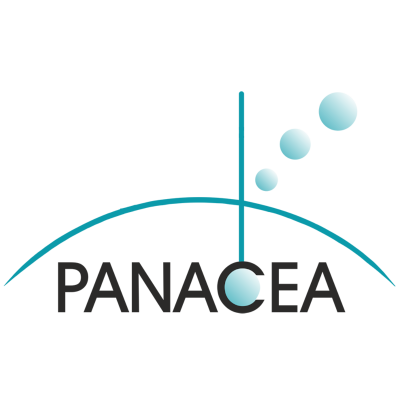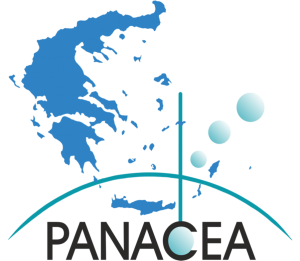Air pollution and population exposure
Air pollution is thought to be responsible for about 4.5 million premature deaths worldwide per year. The processes that cause mortality vary according to the area and require thorough investigation. This joint research activity aims to correlate atmospheric pollution and population exposure, in the area of Greece. For this purpose, spatial- temporal mapping of atmospheric pollution in the Attica Basin and other major urban centers in Greece, the allocation of particulate and gaseous pollutants in their sources and the quantification of the fluctuation of the most important sources of pollution is needed. The derived measurements will also be used to validate satellite observations. The impact of atmospheric pollutants on human health in Greece will be studied through the calculation of appropriate pollution indicators for health issues using measurements in computational models.
Aerosol-clouds interactions
Aerosol – cloud interactions are one of the major factors of uncertainty on climate forecasts. This joint research activity aims to improve the understanding of the impact of aerosols on solar radiation and clouds and subsequently on weather forecasting, in the Eastern Mediterranean. PANACEA aims to enlighten open scientific issues such as cloud condensation and ice condensation nuclei, nucleation and superfine particle formation in the atmosphere, absorption of solar radiation from elemental and organic carbon. The joint infrastructure will also investigate the impact of specific sources of pollutants such as ships, biomass burning, desert dust and bioaerosols. Experimental validation campaigns will also be conducted on related satellite measurements from TROPOMI, AEOLUS, EARTHCARE, etc.
Atmosphere-ecosystems interactions
Atmospheric pollutants transfer nutrients or even toxic components, such as nitrogen, iron, phosphorus, silicon, copper etc, to continental and aquatic ecosystems. These components influence, through atmospheric deposition, the biogeochemical element cycles and the productivity of ecosystems. The ultimate goal of PANACEA infrastructure is to understand the impact of atmospheric pollution on biogeochemical nutrient cycles in the Eastern Mediterranean with emphasis on marine primary productivity and agriculture. This goal will be achieved by the use of terrestrial and satellite nutrient measurements, such as deposition of desert dust and bioaerosols, as well as the use of model simulations. Open-air science issues on aerosol emissions (bioaerosols, desert dust, biomass burning), their occurrence in the atmosphere (chemical evolution, deposition, interactions) and their impact on biogeochemical cycles and marine productivity will be investigated. By using crop display indicators, air pollution will be linked to agriculture and fisheries. Finally, the link between atmospheric pollution and energy/radiation will be explored.

